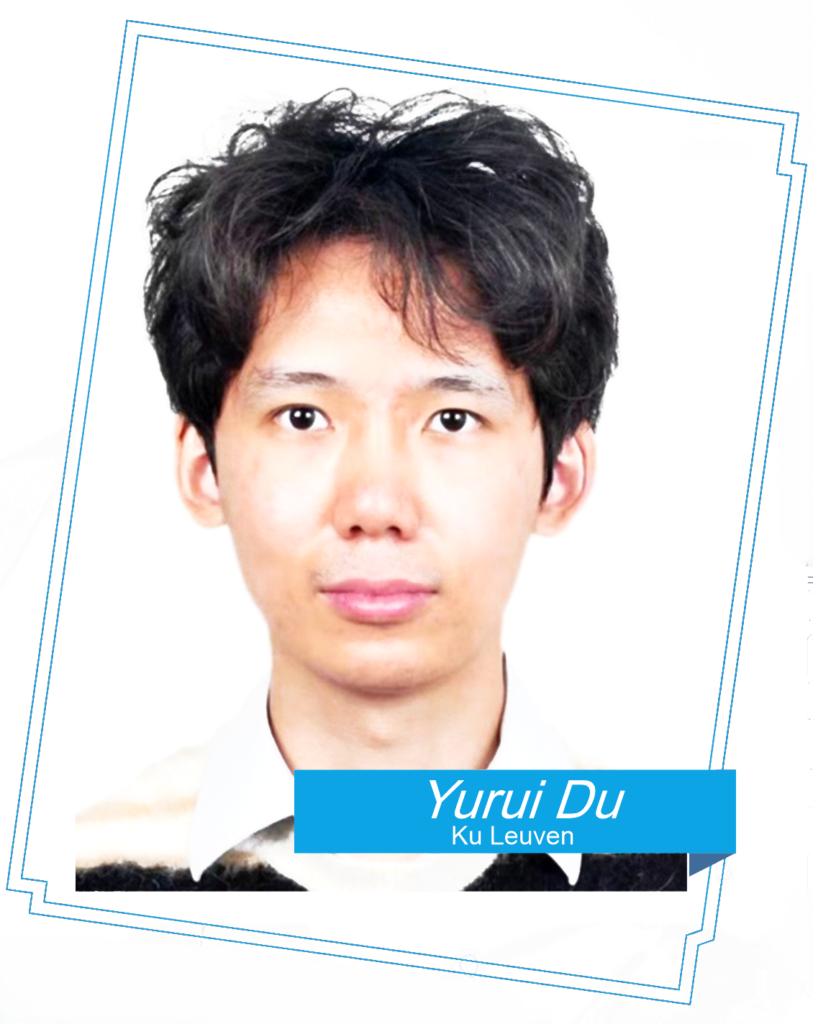

Can you tell us a bit about your background, and how it led you to become involved in the RoBétArmé project?
My research interest lies in the intersection of robot learning and computer vision. My experience spans both academic research and practical applications in real-world environments, including the development of autonomous vehicles. This expertise naturally led me to become involved in the RoBétArmé project, which focuses on advancing robotic systems for automated construction tasks like shotcreting. The project’s goal of improving the robustness and precision of robotic systems in challenging environments aligns closely with my research interests and past work, particularly in the areas of real-time monitoring, feedback control, and vision-based automation.
Could you share some insights into your specific role and involvement in the project? What are your main responsibilities and contributions?
In the RoBétArmé project, my role primarily revolves around developing and integrating the vision-based monitoring system and shotcrete planner for the shotcreting process. My responsibilities include designing algorithms for real-time depth sensing and heightmap computation, ensuring that the system can reliably monitor surface deposition even in harsh environments where dust and debris can interfere with sensors. Subsequently, I design motion planner for the shotcrete nozzle to perform shotcreting based on the visual feedback. A key contribution I’ve made is the development of an advanced stereo camera system that offer robust depth measurements critical for precise material application. Additionally, I’m involved in the system’s integration, aiming to provide real-time feedback for dynamic adjustments during the shotcreting process. This integration is a vital step toward achieving the project’s goal of automating surface monitoring and control in construction environments.
Research endeavors often come with challenges and obstacles. What are some of the main challenges you've encountered during your journey with RoBétArmé, and how have you managed to overcome them?
One of the main challenges I’ve encountered during the RoBétArmé project has been the need to develop a vision system that can perform reliably in extremely harsh environments, such as those filled with dust, debris, and variable lighting conditions typical of shotcreting operations. These factors can significantly degrade the performance of most sensing technologies, especially active sensors like LiDAR, which are highly sensitive to airborne particles. To overcome this, we explored alternative sensing modalities and ultimately opted for a stereo camera system. However, even with this improvement, it required advanced filtering techniques to ensure that the depth maps generated were stable and accurate despite the challenging conditions. By integrating both spatial and temporal filtering, we successfully minimized noise and improved the overall quality of the heightmaps.
Collaboration and networking are essential in research projects like RoBétArmé. Could you discuss some of your experiences collaborating with other researchers and institutions within the project?
Collaboration has been a key element of the RoBétArmé project, as it involves expertise from a variety of disciplines, including robotics, computer vision, construction, and materials science. Working alongside researchers from different fields and institutions has provided a unique opportunity to bring together diverse perspectives and approaches to solve complex challenges. One example is collaborating with other institutions specializing in construction processes has helped us understand the nuances of the shotcreting process and the environmental conditions in which the robot must operate. Their expertise has been invaluable in refining our sensor system to ensure it can handle the dust, debris, and varying lighting conditions typical of construction sites. Through these collaborations, I’ve gained insights into fields I wouldn’t typically encounter in my usual research, which has broadened my understanding and improved the overall quality of our solution. Regular meetings, workshops, and shared experimental data have fostered a collaborative environment that promotes innovation and ensures we stay aligned with the project’s objectives.
Can you highlight any specific achievements or breakthroughs from your work within the project that you're particularly proud of?
I recently submitted a paper to Robotics Automation Letters as first author. It covers major steps toward achieving a fully automated shotcreting process, and being able to share them through a reputable publication like RA-L is a significant validation of the work we’ve done so far.
Looking to the future, what are your hopes and aspirations for the impact of your research within RoBétArmé? How do you envision it contributing to advancements in your field and society as a whole?
Looking to the future, my hope is that the research within the RoBétArmé project will significantly advance the field of robotics and automation in construction. By developing a reliable vision-based system capable of monitoring and dynamically controlling the shotcreting process in real-time, I believe we can push the boundaries of what is possible in automated construction technologies. On a broader scale, I hope this research will inspire further innovation in the field of robotics, driving the development of intelligent systems that can autonomously navigate and operate in unpredictable and challenging real-world conditions, creating a safer and more efficient future for industries and society as a whole.